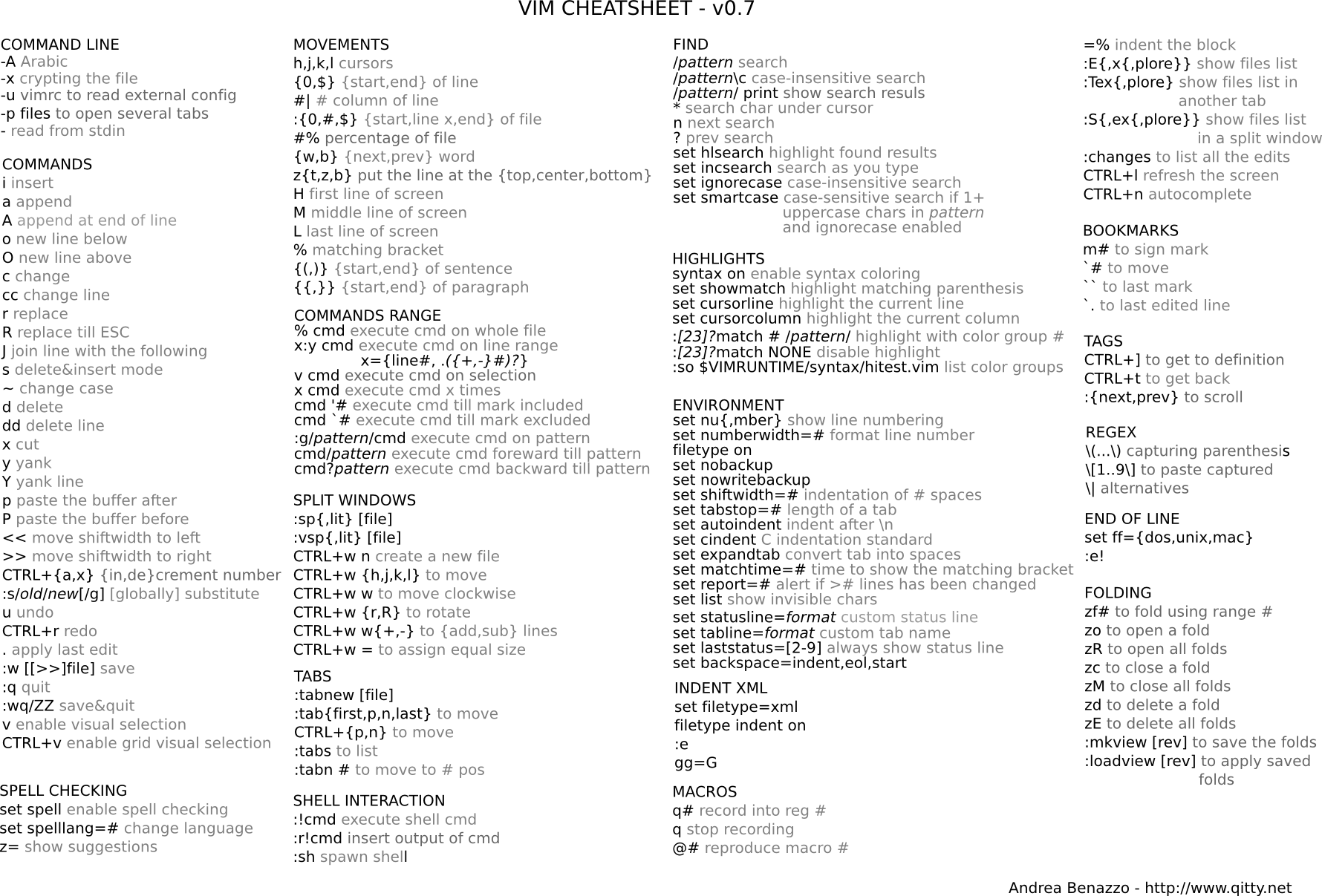

For example, this com-mand will not yield the desired effect:

Since Subversion allows you to store properties with empty values, you can't remove a property altogether using propedit or propset. The last property-related subcommand is propdel. Notice, this list of conditions, and the recipe for Fitz's famousĤ Fixing spelling errors, grammatical gotchas, and “just-plain-wrongness” in commit log messages is perhaps the most common use case for the -revprop option.
SVN PROPEDIT COMMAND LINE EXAMPLE CODE
Redistributions of source code must retain the above copyright Modification, are permitted provided that the following conditionsġ. Redistribution and use in source and binary forms, with or without
SVN PROPEDIT COMMAND LINE EXAMPLE LICENSE
License : =Ĭopyright (c) 2003 Red-Bean Software. There's even a variation of the proplist command that will list both the name and value of all of the Value of the property to the standard output stream. This command will, given a path (or set of paths) and a property name, print the Once you know the names of the properties on the node, you can request their values individually The svn proplist command will list the names of properties that exist onĪ path. So the svn program supplies two subcommands for displaying the names and values of properties stored on files and directories. Property 'copyright' set on 'calc/integer.c'Īll of this property adding and editing isn't really very useful if you can't easily get the stored property Property 'copyright' set on 'calc/Makefile' $ svn propset copyright '(c) 2002 Red-Bean Software' calc/* This enables you to modify properties on whole sets of files with a single command. We should note that, as with other svn subcommands, those related to properties can act on multiple No changes to property 'copyright' on 'calc/button.c' $ svn propedit copyright calc/button.c # exit the editor without changes Without making any changes, no property modification will occur. If Subversion detects that you've actually changed theĮxisting value of the property, it will accept that as the new property value. Temporary file, and then exit the editor program. Value in your editor program until it represents the new value you wish to store for the property, save the Value of the property (or which is empty, if you are adding a new property). You run the command, svn invokes your editor program on a temporary file that contains the current

Uses the configured editor program (see the section called “Config”) to add or modify properties. In addition to the propset command, the svn program supplies the propedit command. Letter, a colon (:), or an underscore (_) after that, you can also use digits, hyphens (-), and periods (.). There are some restrictions on the names you can use for properties. Property 'license' set on 'calc/button.c' $ svn propset license -F /path/to/LICENSE calc/button.c Specify-ing the name of a file which contains the new property value. So the propset subcommand takes a-file(-F) option for Planning to have a multi-line textual, or even binary, property value, you probably do not want to supply Property 'copyright' set on 'calc/button.c'īut we've been touting the flexibility that Subversion offers for your property values. $ svn propset copyright '(c) 2003 Red-Bean Software' calc/button.c Name and value on the command-line of the propset subcommand. Short, human-readable values, perhaps the simplest way to add a new property is to specify the property The svn command affords a few ways to add or modify file and directory properties.


 0 kommentar(er)
0 kommentar(er)
